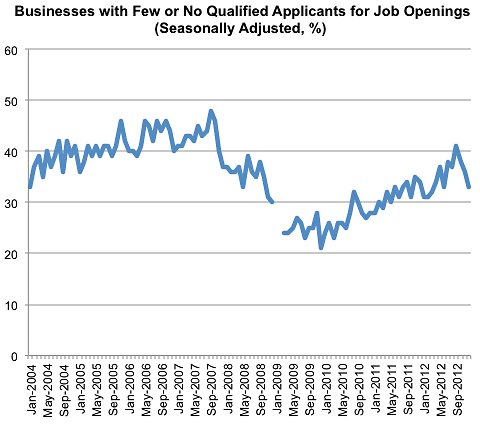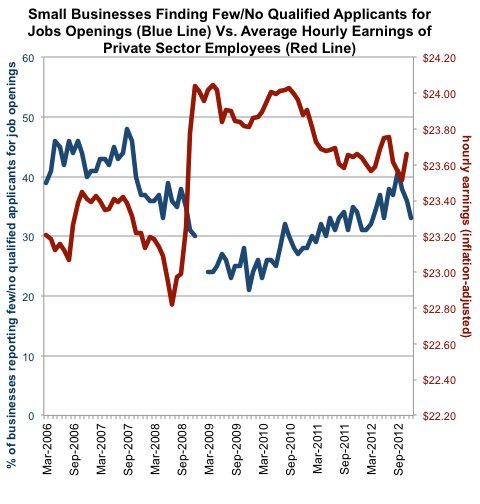The government said retail sales rose 0.5 percent last month, compared with a 0.4 percent increase, after revisions, in November. Sales in November were previously reported to have gained 0.3 percent.
Economists polled by Reuters had expected sales to rise only 0.2 percent. Sales were up 4.7 percent from December 2011 and up 5.2 percent for the whole of 2012, suggesting momentum in consumer spending as the year ended.
So-called core sales, which excludes automobiles, gasoline and building materials and corresponds most closely with the consumer spending component of gross domestic product, increased 0.6 percent after gaining 0.5 percent in November.
The second consecutive month of gains in core sales suggested that consumer spending picked up in the fourth quarter after rising at an annual pace of 1.6 percent in the July-through-September period.
The government also said on Tuesday that producer prices fell in December for the third consecutive month as food prices declined by the most in a year and a half.
The Labor Department said its seasonally adjusted Producer Price Index slipped 0.2 percent last month. Economists polled by Reuters had expected prices at farms, factories and refineries to drop 0.1 percent.
A 0.9 percent drop in food costs drove most of the December decline. Excluding volatile food and energy costs, wholesale prices rose 0.1 percent, which was in line with analysts’ forecasts.
The core reading suggested that businesses were seeing little growth in price pressures. It could reinforce the outlook that modest inflation would give the Federal Reserve space to continue with easy-money policies aimed at propping up the economy.
The decline in overall prices brought 12-month inflation to 1.3 percent.
The Commerce Department also said business inventories rose modestly in November as sales increased solidly, indicating that a buildup in inventories would not add much to economic growth in the fourth quarter.
Inventories increased 0.3 percent, to a record $1.62 trillion, after rising by the same margin in October.
The gain in November was in line with economists’ expectations. Automobile inventories rose 0.5 percent after increasing 0.8 percent in October.
Article source: http://www.nytimes.com/2013/01/16/business/economy/retail-sales-improve-producer-prices-fall.html?partner=rss&emc=rss



